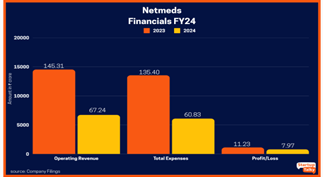AccessABX Implementation and Impact Plan
DOI:
https://doi.org/10.70844/ijas.2025.2.30Keywords:
General topics for Engineers, Antibiotics, Low-Midde Income Countries (LMICs)Abstract
Antimicrobial Resistance (AMR) poses a growing threat in Low-and Middle-Income Countries (LMICs), driven by the misuse of antibiotics and the widespread circulation of Substandard and Falsified (SF) medicines. Addressing this complex challenge requires integrated, scalable and context-sensitive solutions. AccessABX is a digital, One Health platform designed to improve antibiotic access, quality and stewardship in LMICs, with an initial focus on India. The platform combines mobile technology, real-time data analytics and community engagement to enhance antibiotic stock management, detect counterfeit drugs and support evidence-based prescribing across human and animal health sectors.
This pilot study adopted a mixed-methods approach involving technology deployment, stakeholder training and field-based monitoring. Key features of AccessABX include mobile and SMS-based inventory tracking, drug verification through QR codes and AI-powered packaging analysis and blockchain-enabled traceability for high-risk medicines. Implementation focused on rural districts with high AMR burden, limited infrastructure and strong local partnerships.
Initial results show improved stock visibility, increased medicine verification rates and a shift toward more appropriate antibiotic use. AccessABX demonstrates the potential of digital health tools to combat AMR in resource-constrained settings while promoting cross-sector collaboration. These findings lay the groundwork for broader regional and global scaling of the solution.
